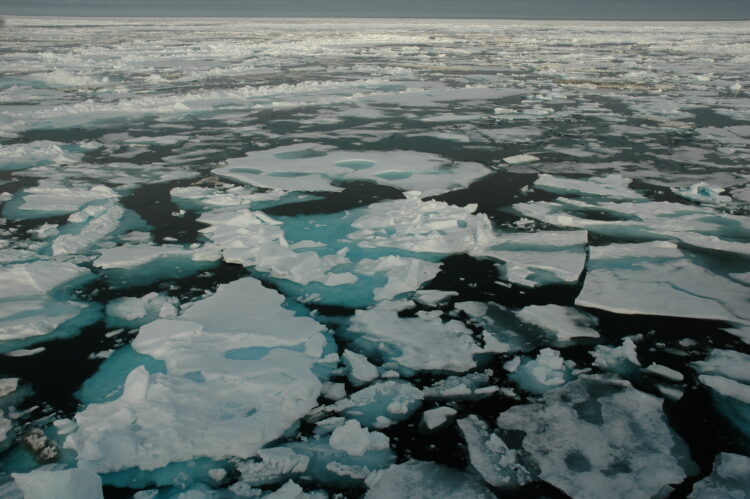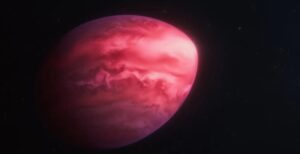
UPDATE: New research from the University of Washington confirms alarming trends in Arctic ice coverage, revealing significant changes over the past 30,000 years. This groundbreaking study, published on November 6, utilizes cosmic dust particles to reconstruct historic ice conditions, highlighting the urgent climate crisis faced today.
Arctic sea ice has plummeted by more than 42% since 1979, when satellite monitoring began. As the ice diminishes, darker ocean waters absorb more sunlight, accelerating warming and further melting. With climate models predicting ice-free summers in the Arctic within the coming decades, the implications for global ecosystems remain uncertain and concerning.
Researchers, led by oceanography assistant professor Frankie Pavia, discovered that fine-grained cosmic dust, which falls to Earth at a consistent rate, can serve as a historical marker for sea ice coverage. This innovative approach allows scientists to gauge how the Arctic has changed over millennia without relying solely on satellite imagery.
“In the last ice age, there was almost no cosmic dust in the Arctic sediments,” stated Pavia. “If we can project the timing and spatial patterns of ice coverage decline in the future, it will help us understand warming, predict changes to food webs, and prepare for geopolitical shifts.”
The study indicates that ice coverage directly impacts the deposition of cosmic dust in ocean sediments. When ice is present, cosmic dust is largely absent; conversely, open water allows dust to settle, leaving traces of helium-3. This rare form of helium, embedded in cosmic dust, enables researchers to differentiate it from local sediment.
The research involved sediment cores from three strategically chosen sites across varying ice coverage: one year-round ice-covered location near the North Pole, another at the edge of seasonal ice, and a third that was ice-bound in 1980 but is now seasonally ice-free. Findings revealed that as ice coverage decreased, cosmic dust presence increased, allowing scientists to map changes in sea ice over thousands of years.
The implications extend beyond mere ice measurements. The research also linked sea ice changes to nutrient availability in the ocean, showing that nutrient consumption peaked during periods of low sea ice. This shift poses serious concerns for Arctic food webs, as increased nutrient cycling could alter marine productivity and affect fish populations vital to global food security.
“As ice decreases in the future, we expect to see increased consumption of nutrients by phytoplankton in the Arctic, which has consequences for the food web,” Pavia noted.
The study highlights the need for further research to determine the driving factors behind changes in nutrient availability and how these shifts may impact marine ecosystems. With the Arctic facing unprecedented challenges, this urgent research underscores the critical need for global awareness and action.
As scientists continue to study these alarming trends, the findings from this research serve as a wake-up call for policymakers and the public alike. The fate of the Arctic—and its potential ripple effects on the planet—hinges on our understanding of these complex interactions.
For more information, researchers invite inquiries at [email protected].
Stay tuned for further updates on this developing story as the implications of these findings unfold.





